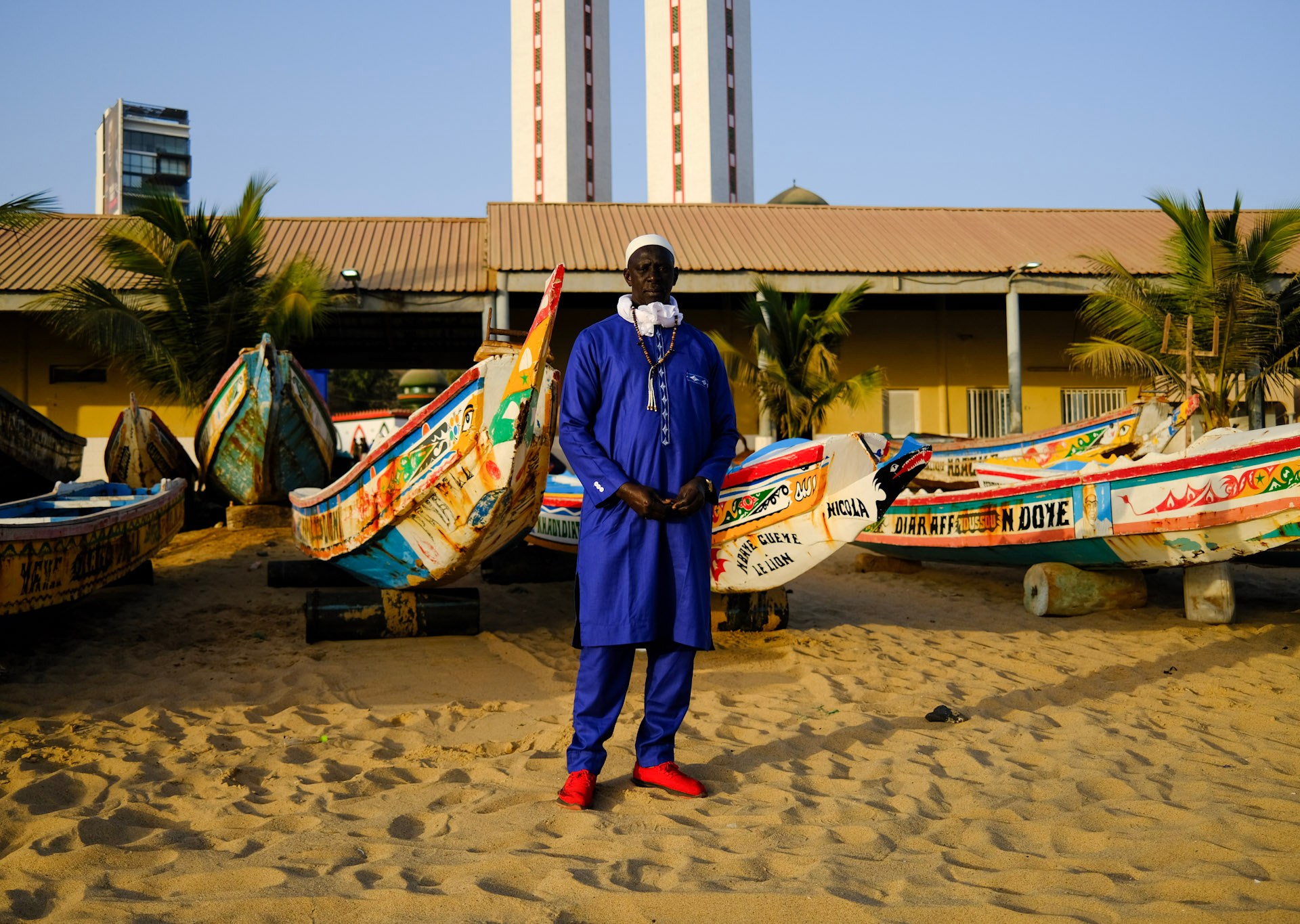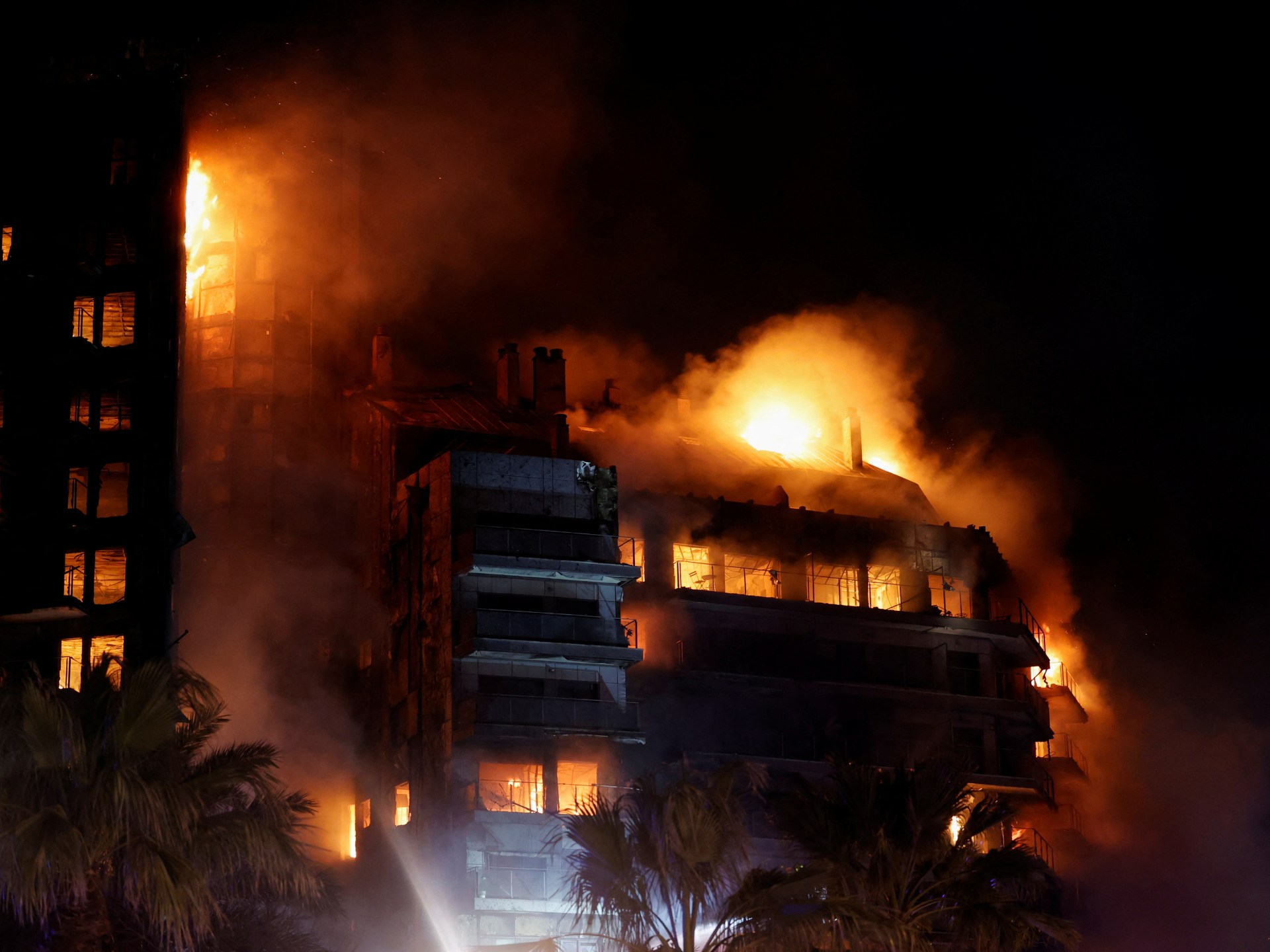Ukraine aid convoy, attacks in South Sudan, radioactive discharge update — Global Issues
A UN inter-agency convoy reached the front-line community of Huliaipole, located in the Zaporizhzhia region, bringing medicine, shelter kits, hygiene items and other assistance to support some 2,000 people.
The town has suffered large-scale destruction and remains without power, water and gas, said UN Spokesperson Stéphane Dujarric, speaking from New York.
“Today’s humanitarian convoy was the 13th this year to the Zaporizhzhia Region. The UN and our partners have reached nearly 30,000 people there just in the past 10 months,” he said.
Earlier this week, non-governmental organizations (NGOs) delivered UN shelter materials in western Ukraine, following an attack on Wednesday that damaged hundreds of homes, dozens of schools, and other civilian facilities in the Khmelnytskyi Region. Scores of residents were reportedly injured.
Mr. Dujarric said the supplies will cover damaged roofs and windows to protect residents as the winter approaches. The Ukrainian Red Cross and national NGOs also delivered emergency assistance, with partners providing legal and mental health support to affected families.
Violence against aid workers hampers relief efforts in South Sudan
Increasing violence and threats against aid workers and humanitarian assets continues to hamper efforts to assist nearly seven million people in South Sudan, with a dozen such incidents recorded last month.
Despite these challenges, the UN and partners reached at least four million people with aid, but needs are growing. As of this week, some 333,000 people fleeing the war in Sudan have arrived in the country.
Meanwhile, the $1.7 million Humanitarian Response Plan for South Sudan this year is only around 50 per cent is funded. As a result, humanitarian partners are being forced to reprioritize and even suspend some programmes.
Japan: Treated radioactive water release progressing as planned
The discharge of treated radioactive wastewater from Japan’s Fukushima Daiichi Nuclear Power Station is progressing as planned and without any technical concerns, a UN-backed task force confirmed on Friday.
Members were in the country this week to review the safety of the process two months after the water was released into the Pacific Ocean.
The task force – set up by the International Atomic Energy Agency (IAEA) – reviewed facilities and equipment installed at the power station, which suffered major damage during an earthquake and tsunami in March 2011.
Water that was pumped in to cool the plant came in contact with radioactive substances, resulting in contamination. It was treated and diluted through a filtration process called Advanced Liquid Processing System (ALPS), then stored in special tanks.
In a report published in July, the IAEA said that Japan’s approach and activities to discharge the treated water were “consistent with relevant international safety standards”.
The Task Force is comprised of experts from the UN agency 11 countries – Argentina, Australia, Canada, China, France, the Marshall Islands, the Republic of Korea, Russia, the United Kingdom, the United States and Viet Nam.
“Conducting regular Task Force review missions is one way in which the IAEA will continue its multiyear safety review,” the agency said.
Check out our Latest News and Follow us at Facebook
Original Source







